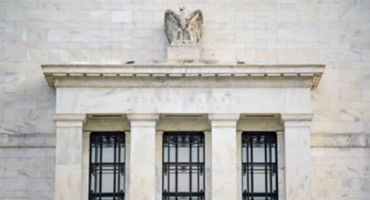Why the Fed may give hiking a rest
Rising bond yields have repeatedly surprised markets over the past year, so what gives me more confidence that we’re nearing the end and moving into bonds may be a prudent strategy now? Inflation is declining. Core consumer price inflation has moved steadily down from 6.6% to 4.4% over the past 12 months. The spike in bond yields is tightening financial conditions by making it more costly to borrow. As the Fed’s recent statement alluded to, higher bond yields are doing some of the tightening work for them — a view that will likely factor into the Fed’s rate decisions over the coming months. Finally, I see evidence the Fed’s cumulative 550 basis points of rate hikes are feeding into the real economy but with a longer lag than usual. Banks’ lending conditions are tightening, US equity markets are less buoyant, and wages are coming off the boil.
How could I be wrong? Labor markets are still very tight and while wages have come down, they are still inconsistent with 2% inflation. Unemployment may need to be meaningfully higher than the Fed’s forecast of 4% to bring wages and inflation down sustainably enough to achieve their target and that would mean more tightening is necessary. Even if that is the case, however, having a three-year investment horizon could still bring a total return advantage to bonds relative to cash, as more tightening would also revive fears of recession, a good thing for bonds as it would turn the Fed’s focus to rate cuts. Finally, a longer-term concern is the term premium (the additional yield investors require as compensation for holding longer-term bonds), which has risen recently in response to a myriad of factors. Should the term premium on US Treasury bonds rise further due to increasing US government deficits and bond supply, that could inhibit any meaningful bond rally.












Monthly Market Review — August 2024
Continue readingBy
Brett Hinds
Jameson Dunn